How to Pick a Single Fin for Your Surfboard

“There’s only one rule in surfing; there are no rules.” - Miki Dora
That having been said, there are some basic aspects that can be put together when choosing the best single box fin for your board. So here are a few tips, but first, a brief history. Let’s turn back the clock a ways when flow and style were kings. After all, if you can’t do it with style, why do it all?
A Brief History
The idea to put a fin on a surfboard arguably began with Tom Blake in Hawaii in 1935. Blake said, "When I first paddled out, the board felt like it was much easier to keep in a straight line, although I thought I might be imagining it. My first wave revealed the truth. Never before had I experienced such control and stability. The board didn’t spin out, it steered easily, and it turned any way you wanted it." There was much work to do, but the seed had been sown.
However, these early pre-historic fins acted more like a rudder on a boat than the sleek blades of today. At least they allowed the rider to trim the board up higher on the wave and into the fall line. Turning the board required a lot of footwork. Weighting and unweighting to slow it down to get back to the curl, then moving forward again on the board to speed up again and make the wave. In any case, the style was the key to a good ride. In the 1950s, with the advent of the lighter weight balsa, then a foam surfboard, The D-shaped fin was used to help the still very heavy boards to pivot and turn back to the pocket of the wave. As surfers began to ride bigger and bigger waves at places like Waimea Bay, Hawaii, fins started being stretched out to accommodate the intense speed and turbulence.

Then in the late sixties, boards and their fins started to shrink and find more power in the growing variety of waves being ridden. Exploration and travel reigned. Surfers tuned in and dropped out. It was George Greenough, with help from guys like Nat Young and Bob McTavish, who put it all together. Greenough said, “When you start looking at how fish move and flex, that’s how the active fins came in, which were fins that were designed to bend through the turns and the same thing with the boards. That was the concept behind it.”
Form followed function. Innovations lead to more inventions. Fin boxes allowed surfers to not only experiment with different fins but also in time, place their fins in more advantageous positions relative to the shapes of their boards and the waves they rode. Single fins became an art form within the art form, allowing surfers to express themselves as never before. Now that you know where you're coming from, let’s start looking for that fin.
Outline and Size

First off, let’s start with the outline. The most obvious and basic aspect of your single fin. For starters, a good rule is to go one inch of fin for every foot of board length. Seven-foot board, seven-inch single fin. Of course, this is only a guide; there are no rules, remember. Then there’s the width; water traveling from the leading edge takes longer as that width is increased. So a wide fin takes longer to make a turn than a narrow one. This leads us to the next aspect of your fin, the base.
Base

Now I’m no rocket scientist and I can’t talk to you in terms of hydrodynamics, but I can tell you more fin base equals more drive. For some reason, the water flows faster where the fin base meets the board. Maybe because that’s where your fin is the thickest, which takes us now to another aspect of the fin's design and probably the most overlooked; I’m talking about foil.
Foil

Like an outline, foil can be both up and down, front to back, on your single fin. It can be flat in some places, but usually, it’s curved like an airplane wing. A continuous curve will keep things flowing. Flat spots on a fin sometimes tend to cause water to “stick” on a fin; however, they can be very fast when going in a straight line, usually thickest at the base.
Most fins are tapered thinner as they reach the tip. A very tricky aspect considering the variables. From front to back, you’ve got the front or leading edge with water moving down the trailing edge, finally exiting out the back. Most of the time, these are thick-to-thin foils as well, but once again, no rules in surfing. That would spoil all the fun.
So how can you tell? Foil is the hardest to see. It’s easier to feel it. Run your hands over the foil to reveal its tapered shape. Next, turn the tip of the fin down like it would sit under your board in the water. Try to imagine the water flowing through the fin’s foil. The water hitting the leading edge breaks up the flow. This gets the turn started, then feel it exit out the trailing edge.
Flex

Well, flex acts like a spring that rebounds when coming out of a turn, as Greenough said. But too much will cause the board to lose speed if the power is used incorrectly. Too much flex and the fin will “bottom out,” causing you to miss the turn or even the wave. No flex, no spring. If your board is a heavy old-school shape, a stiffer fin may be needed.
Materials
These days single fins come in many different materials or combinations of materials. Fiberglass is still the material of choice, though, especially for the discerning retro enthusiast. Heavy, tough, Volan glass fins are popular these days. You can stiffen up that thin flex fin and gain speed. Have your cake and eat it too! Plastic has some wonderful characteristics. Strong, and lightweight, there are even some with PC cores to add lift. Colors can be opaque or translucent tints, and they can be sand or gloss finishes.



Putting It All Together
Now that we've gone over some of the design features that really separate fins from each other, you hopefully can make a more informed decision when looking at single fins in the future. If you're new to the single fin and want a recommendation on a good starting point. I recommend choosing a California Classic fin from True Ames in the same length in inches per foot of your board (9" fin for a 9' Board). The California Classic is a really neutral and versatile fin which makes it a great first fin and just a great all-around fin in general.
Conclusion
With so many choices, it’s good to go back to the basics: aspects, that is. But remember Dora’s rule? No rules. And that’s the whole point. Surfing, like life, is about making choices, but the great ones keep an open mind, and as Bruce Lee once said: “Empty your mind, be formless, shapeless, like water. Now you put water into a cup; it becomes the cup. You put water into a bottle it becomes the bottle. You put it into a teapot; it becomes the teapot. Now water can flow, or it can crash. Be water, my friend.”





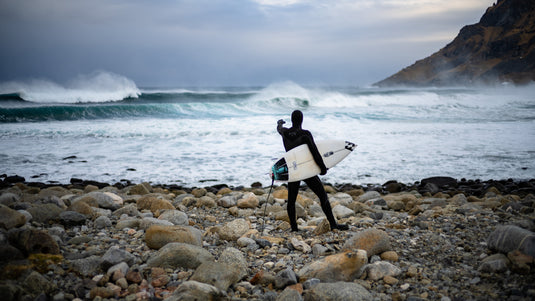
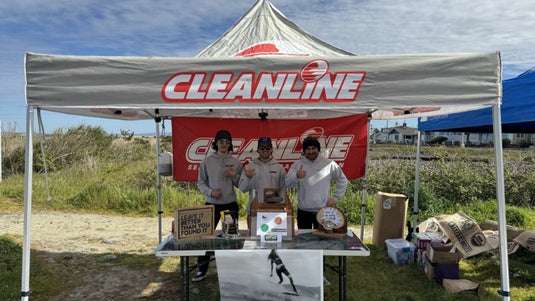
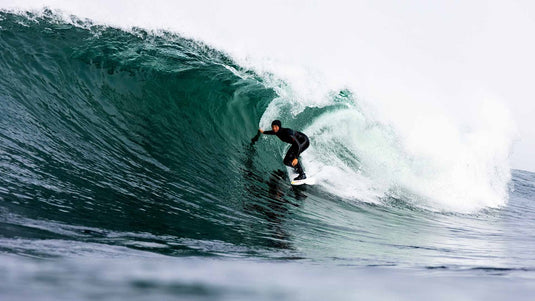
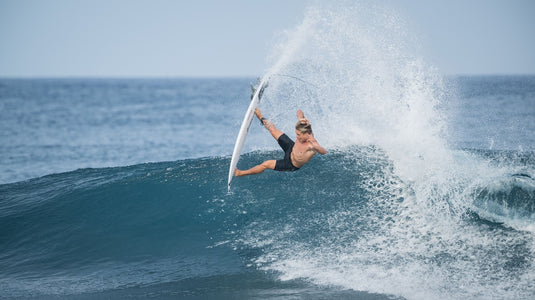
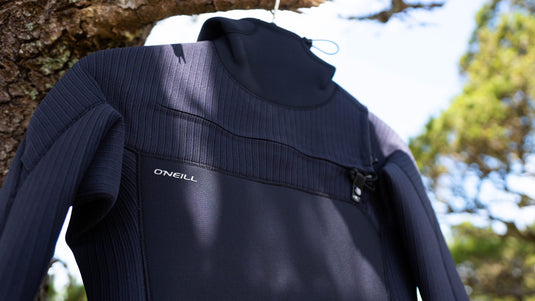
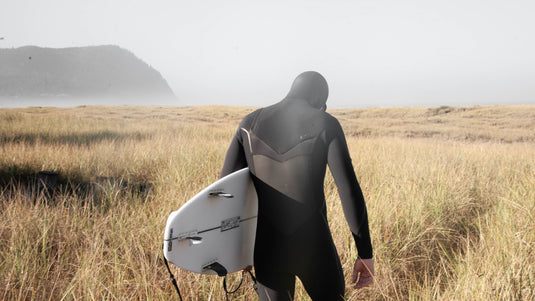
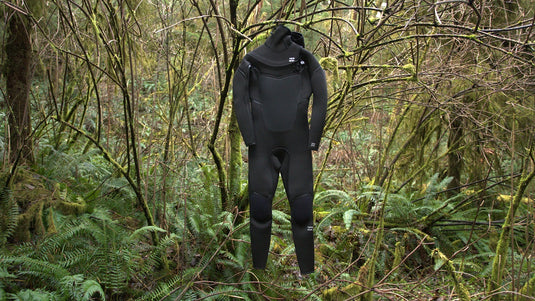
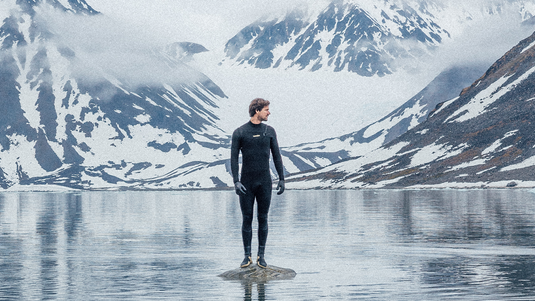
What Our Customers Are Saying